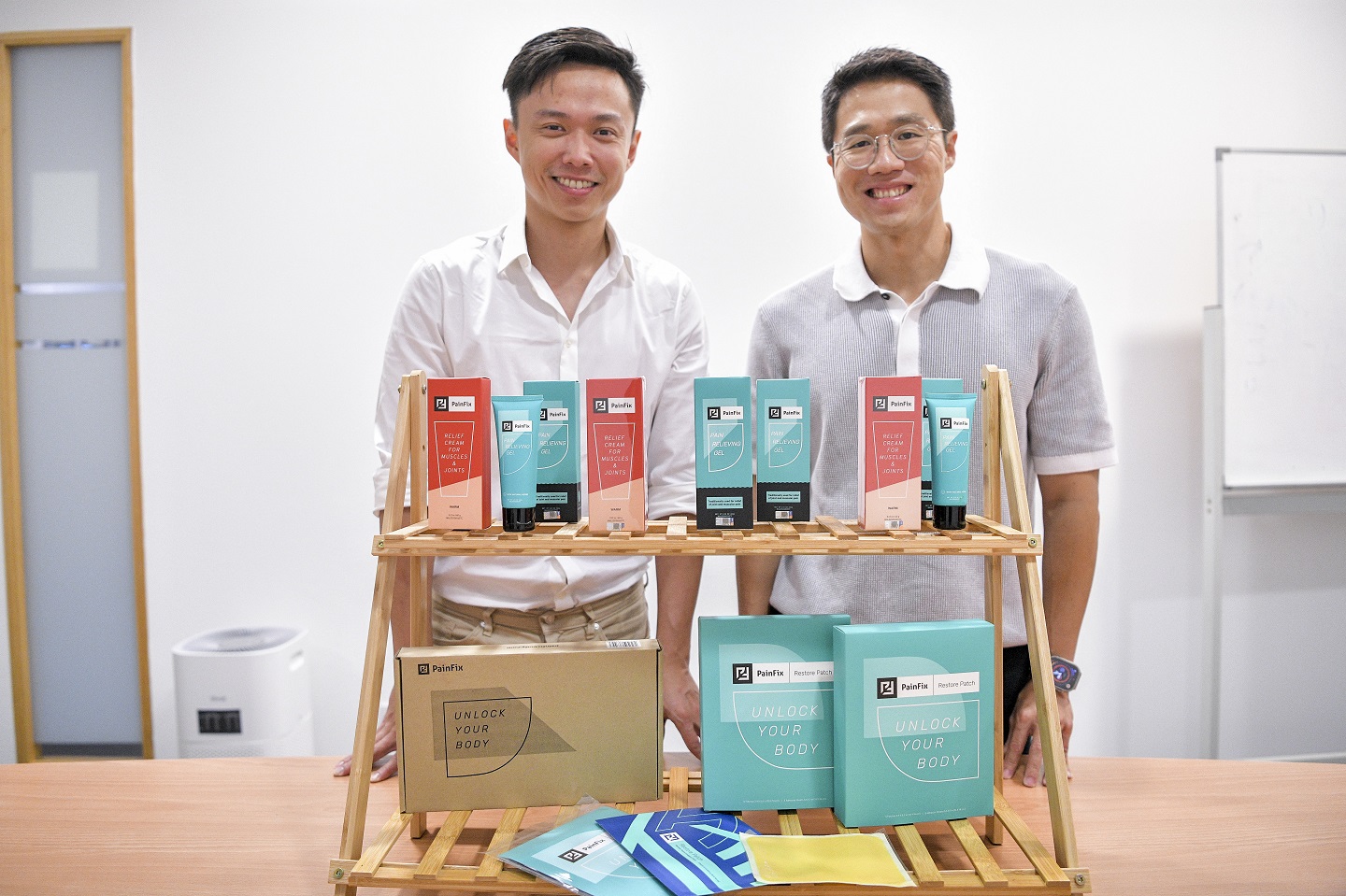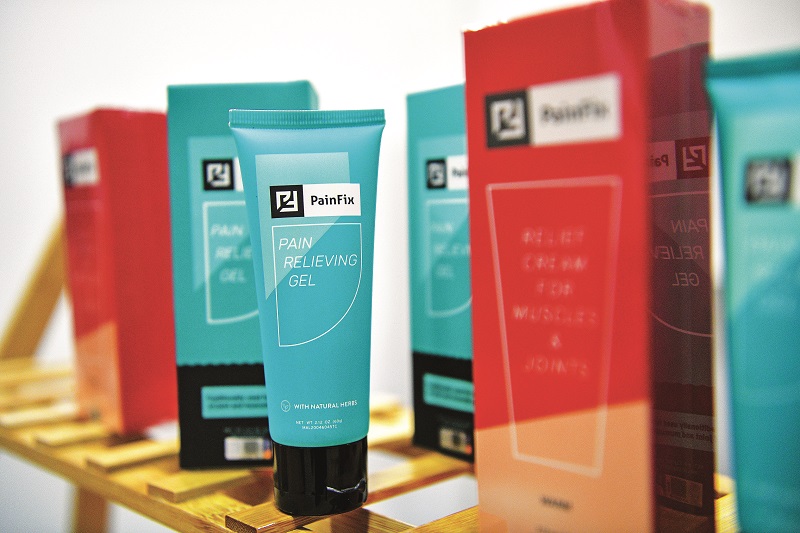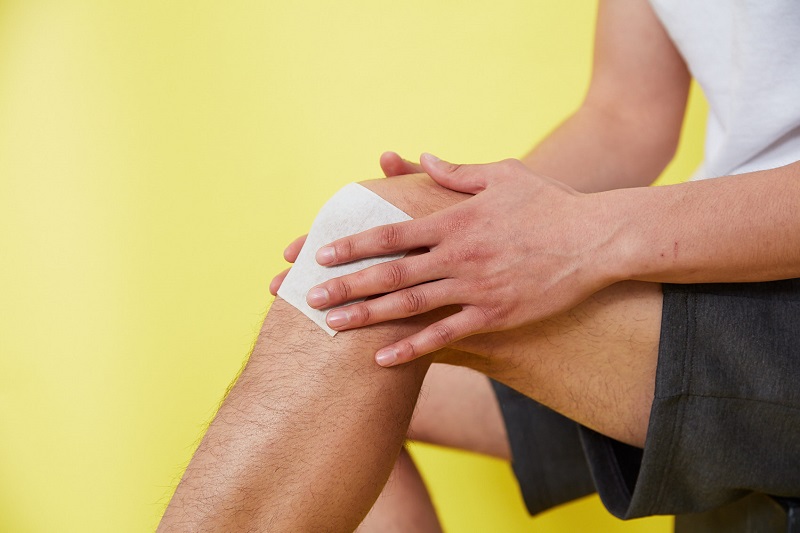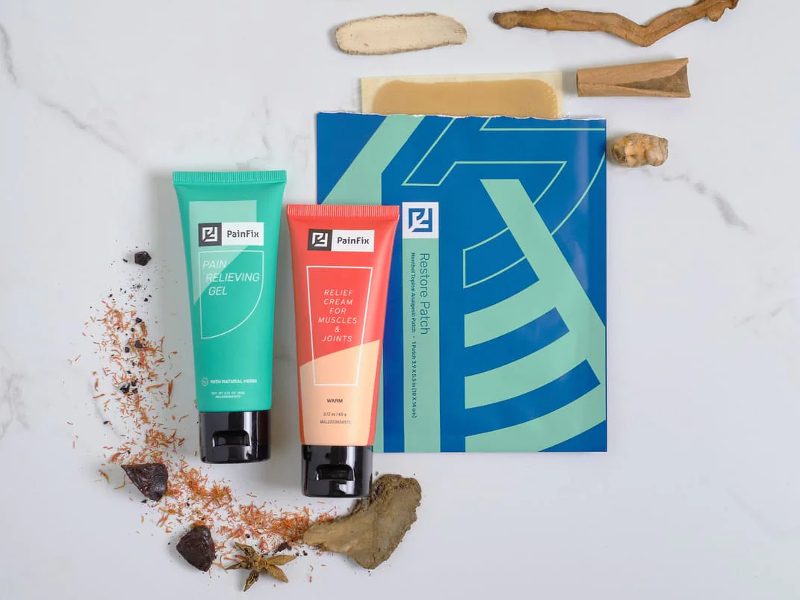
Jian (left) and Yen hope people will have a better understanding and management of pain (Photo: Shahrill Basri/ The Edge Malaysia)
People often have the misconception that Traditional Chinese Medicine (TCM), especially with regards to muscle and joint bone-setting treatments, depends on the skills of the therapist who has to manipulate and massage. Yap Yen Tse, whose family has decades of experience in pain remedies, shares what he knows.
“I grew up in this environment. I know my dad learnt some stuff from my grandfather but the main thing helping people heal was the herbal formula. When I was a kid, if I had ankle pain, I would use the medicine and get better. Dad didn’t do anything to my foot,” says Yen.
Grandpa was kung fu grandmaster Yap Shu Shen, who sailed from Northern China to Malaya in the 1930s to spread Chinese culture and Shao Lin martial arts. He brought with him the healing practices of ancient kung fu masters and their herbal formulations and began treating people in a small clinic at the Chin Woo martial arts association in Kuala Lumpur. When he died in 1979, Yen’s father, Yap Chan Kor, took over the business and set up a pain treatment centre under his name at Old Klang Road.
Fast forward to 2016, Yen — having learnt from his father — launched PainFix, a natural pain relief brand that reintroduces the medical and healing practices of ancient kung fu masters through innovative therapies, to help people view pain differently and manage it effectively.
20230316_peo_painfix_sb_16-001.jpg

Yen returned home after completing his bachelor’s degree in economics at the University of Cambridge and master’s in finance at Princeton. He also worked in the US for seven years.
His first move was to modernise dad’s centre and develop integrative therapy by bringing in physiotherapists trained to do tissue manipulation massage. He also expanded the business.
There are four YapChanKor branches in the Klang Valley today and dad, 77, still does consultations and recommends treatment plans.
Yen knows how herbal products work and he sought proof of this through science. That done, he wondered how to take the formulations, traditionally ground up and made into herbal patches, and turn them into easy-to-use mass market products.
This challenge led to PainFix, which he co-founded in 2016 with Fan Jian Ping, a PhD graduate in biomechanical engineering from University College London. Jian, as he is known, had also newly returned to Malaysia and was looking for a business to get into. The pair teamed up and he deals with the research and scientific aspects of the brand, while Yen handles branding, marketing and finance.
A survey of pharmacy shelves shows that pain relief products use basically the same ingredients, among them menthol and wintergreen oil, which give a cool sensation when applied.
“People are used to this sensation and want to feel it because, mentally, they feel there is this effect even if they don’t understand what is going on or how it is treating the underlying cause of their pain,” Yen explains.
ji6cc9u.jpg

With TCM treatments, the herbs continue to work after that sensation subsides. “Inflammation is what causes pain and our herbs have properties that are scientifically proven to reduce it. The herbal patches activate healing ingredients gradually over 12 to 15 hours.”
PainFix has brought out three products to address pain: a restore patch, a pain relieving gel, and a relief cream for muscles and joints. The idea is to create a recovery kit people can easily use at home that replicates the clinic treatment.
“There are different levels of muscle and joint pains and we’re not saying our products will cure all kinds of ailments. For most of the problems where you use topical analgesics, the company will probably work better because of all the herb extracts in them. Menthol-based analgesics offer short-term relief. With our products, healing also happens, so the results are long-term,” Yen says.
The brand works closely with scientists in Monash University Malaysia to prove how its herbs can work together with targeted exercise to reduce inflammation and accelerate healing.
What Yen and Jian noticed while studying pain is the industry has been stagnant for years. Herbs are the key, they believe, and PainFix targets millennials in their thirties or forties who are starting to feel pain, and developed its products to offer relief.
Aches and pains are not necessarily a bad thing, Jian adds. “It’s your body telling you, hey, maybe you need to have better posture.”
Sedentary modern lifestyles have led to repetitive stress on the body and increasing complaints of back pain, shoulder stiffness, text neck and carpal tunnel syndrome. The latest research shows that 80% of all adults will have lower back pain at some point in their lives. If left untreated, the pain slowly worsens.
dscf9125_edit_5276x3298.jpg

The body is made to move and working its small muscles is crucial for holistic recovery. As such, besides details on why its products are different and how to use them, the company — its tagline is Unlock Your Body — suggest exercises to do over time and encourages questions on dealing with pain on its website.
Moving ahead, Yen plans to bring out hot patches to add to the cold version presently available and make shape variations of them to better fit the knee and cover both sides of the back.
Eyeing a base of working mothers aged 40 and above, it came up with an essential oil roller that is easy to carry around. A spray is next on the cards, targeted at the sports-inclined or more active customer.
He also wants to develop another patch and gel for the US market, where PainFix’s products were first rolled out. Pain relief is a regulated market in Malaysia and there are various issues to deal with, he adds.
The brand worked with the American National Football League by sending patches to 50 retired players. The response: 92% said it helped with pain and would recommend the patch to others.
Pointing to the bright colours on their product packaging, the pair say: “Our design philosophy comes from our strategy of not wanting to hide pain. We want people to have a better connection with and a better understanding of it.”
This article first appeared on May 8, 2023 in The Edge Malaysia.


